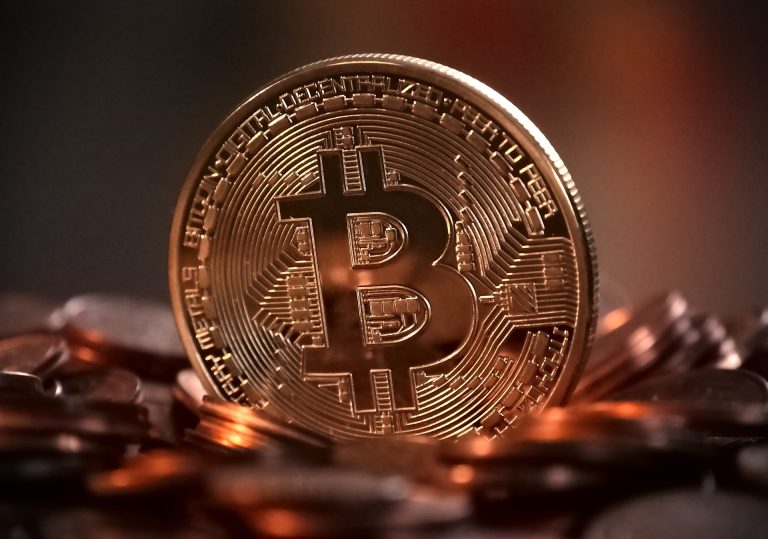The bitcoin blockchain is experiencing a significant surge in daily transactions, reaching an all-time high of 682,000 this month, according to data from Glassnode. This figure represents a nearly 40% increase compared to the previous peak recorded in 2017. Furthermore, bitcoin’s dominance in the overall cryptocurrency market, valued at $1.16 trillion, has risen from 38% to 44% since the beginning of the year.
The driving force behind this surge is the emergence of BRC-20 tokens, a new class of crypto tokens built on the bitcoin blockchain. Around 25,000 of these experimental coins have been minted this year, resulting in a remarkable increase in transactions.
Gordon Grant, co-head of trading at Genesis trading, described BRC-20 tokens as a phenomenon never seen before. As a result of these tokens, the average daily transactions over a seven-day period now exceed 531,000, almost double the volume recorded just a month ago, according to Blockchain.com data.
Although this new class of crypto tokens lacks a specific use beyond speculation, similar to memecoins, their growing popularity indicates a broader interest in bitcoin. It is no longer seen solely as a store of value or a payment method but as the foundation for developing new coins and applications. This trend was previously associated with more modern blockchains such as Ethereum and Solana.
Market players suggest that some investors and developers view bitcoin’s blockchain as a safer long-term basis for creating tokens and applications, particularly after the recent crypto market turmoil following the collapse of high-profile firms like FTX. Bitcoin’s reputation as the oldest network instills trust among users.
Alex Miller, CEO at bitcoin developer network Hiro, stated that people have witnessed the possibilities offered by other blockchains and now want similar capabilities on the bitcoin network. Despite its advantages, the BRC-20 frenzy has experienced volatility.
The total value of these tokens, mainly traded on decentralized exchanges, surpassed $1 billion in early May but has since dropped to $446 million, according to tracker BRC-20.io.
Notably, bitcoin’s blockchain was not originally designed to support a crypto ecosystem like Ethereum and Solana. BRC-20 tokens are created using ordinals theory, enabling data to be inscribed on each satoshi, which is the smallest denomination of bitcoin.
While the utility of BRC-20 tokens and Ordinals theory is limited, CJ Reim, a contributor at blockchain firm CoreDAO, finds the trend promising in terms of interest in building products on the bitcoin blockchain.
The creation of BRC-20 tokens has had a minimal impact on the price of bitcoin, which has been trading below $30,000 since mid-April.
However, critics argue that the issuance of these tokens has made it more challenging for users seeking to utilize bitcoin for its original purposes. Transaction costs, known as “gas” fees, on the bitcoin blockchain have surged in the past month. Glassnode data reveals that the total daily fees paid have reached a near all-time high of $17.8 million.
Additionally, the median transaction fee has spiked to as high as $30.91, compared to a range of 90 cents to $4.23 between January and May 1, as reported by Blockchain.com.
The network congestion has resulted in significant delays, leading the world’s largest crypto exchange, Binance, to temporarily halt bitcoin withdrawals on May 7.
Nauman Sheikh, head of treasury management at digital asset investment manager Wave Digital Assets, highlighted that although congestion has eased somewhat, it remains elevated. At its peak, users were waiting over 30 hours for transactions to be confirmed, pushing the limitations of bitcoin’s technology.




